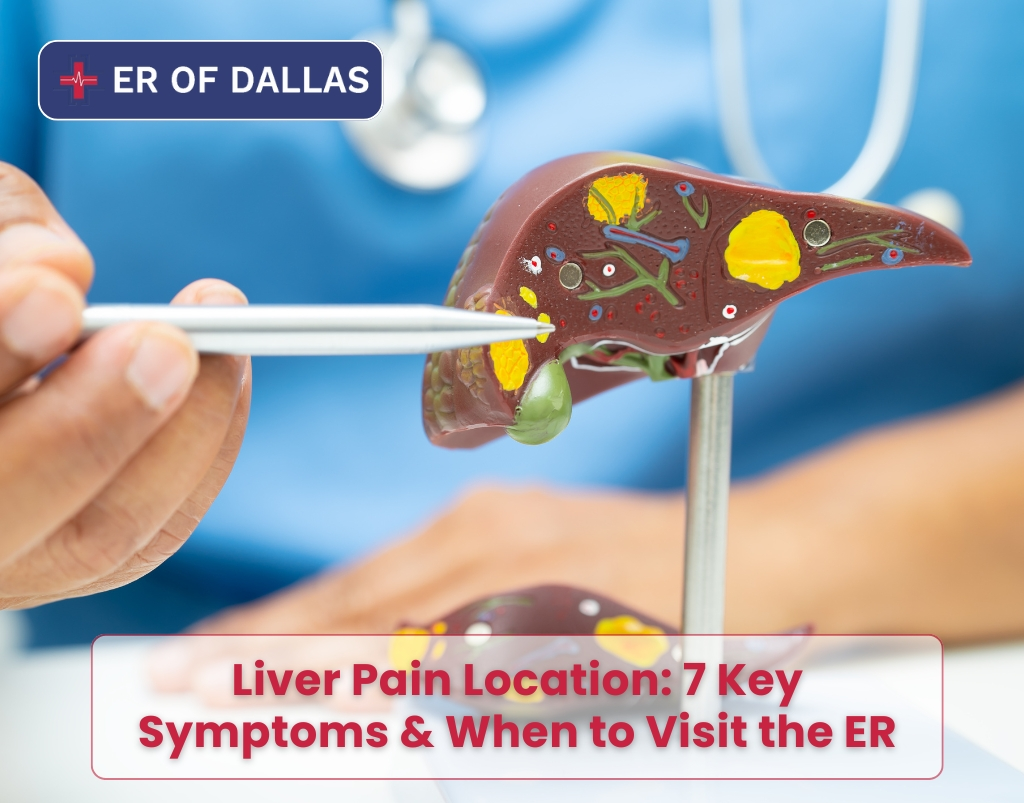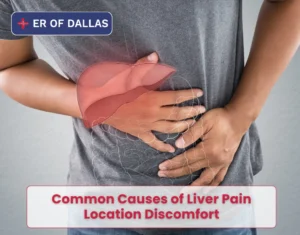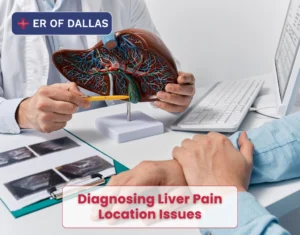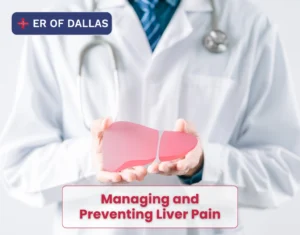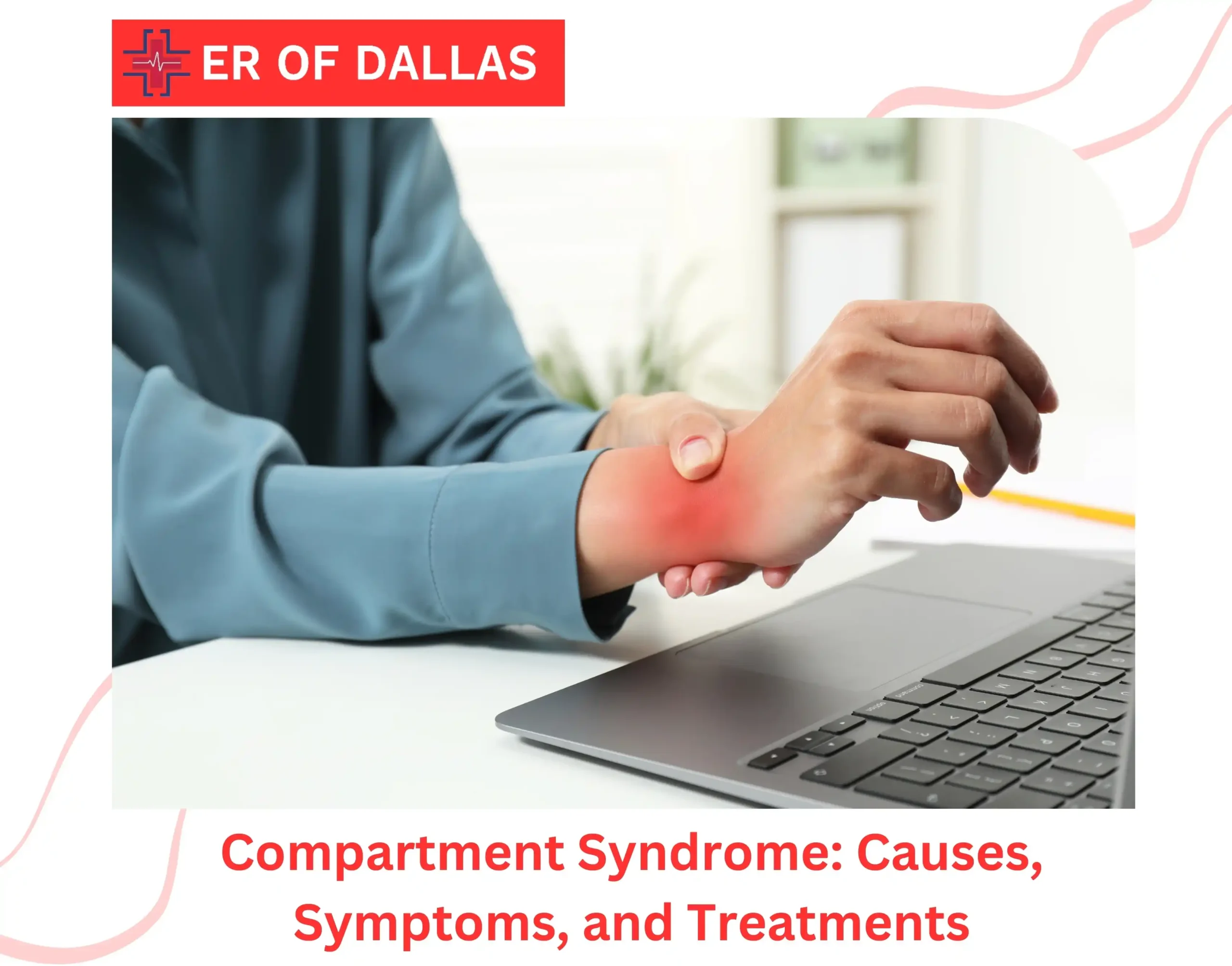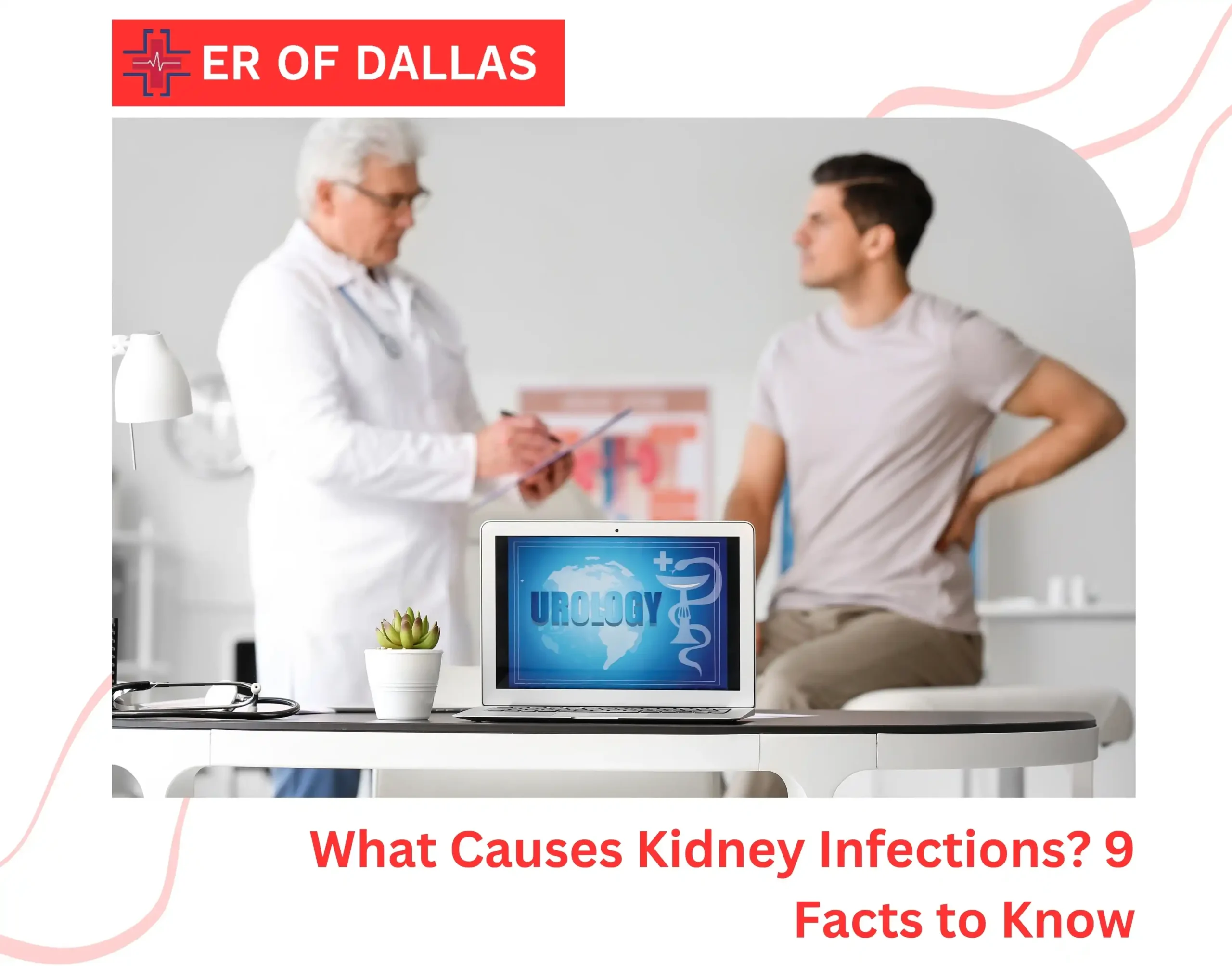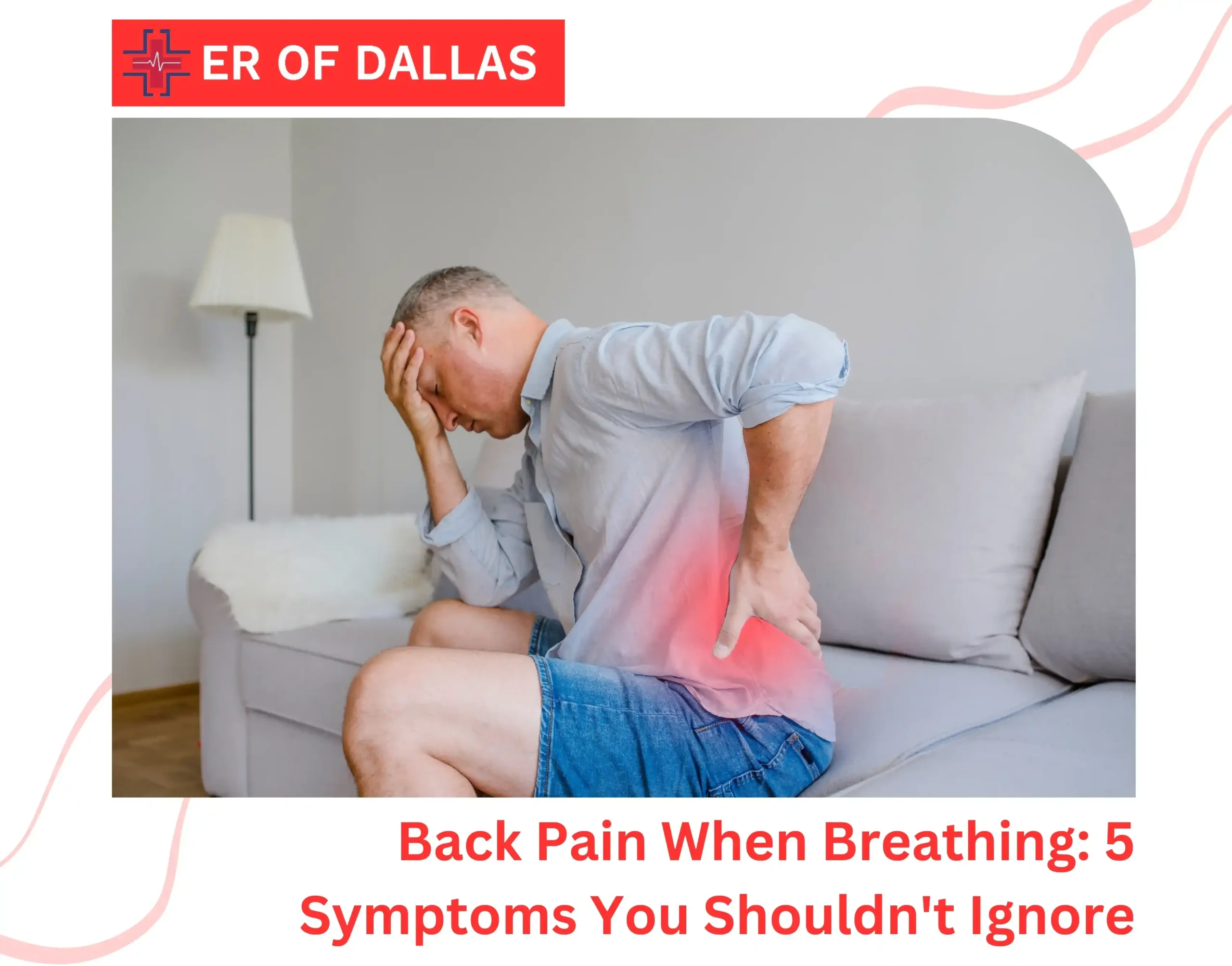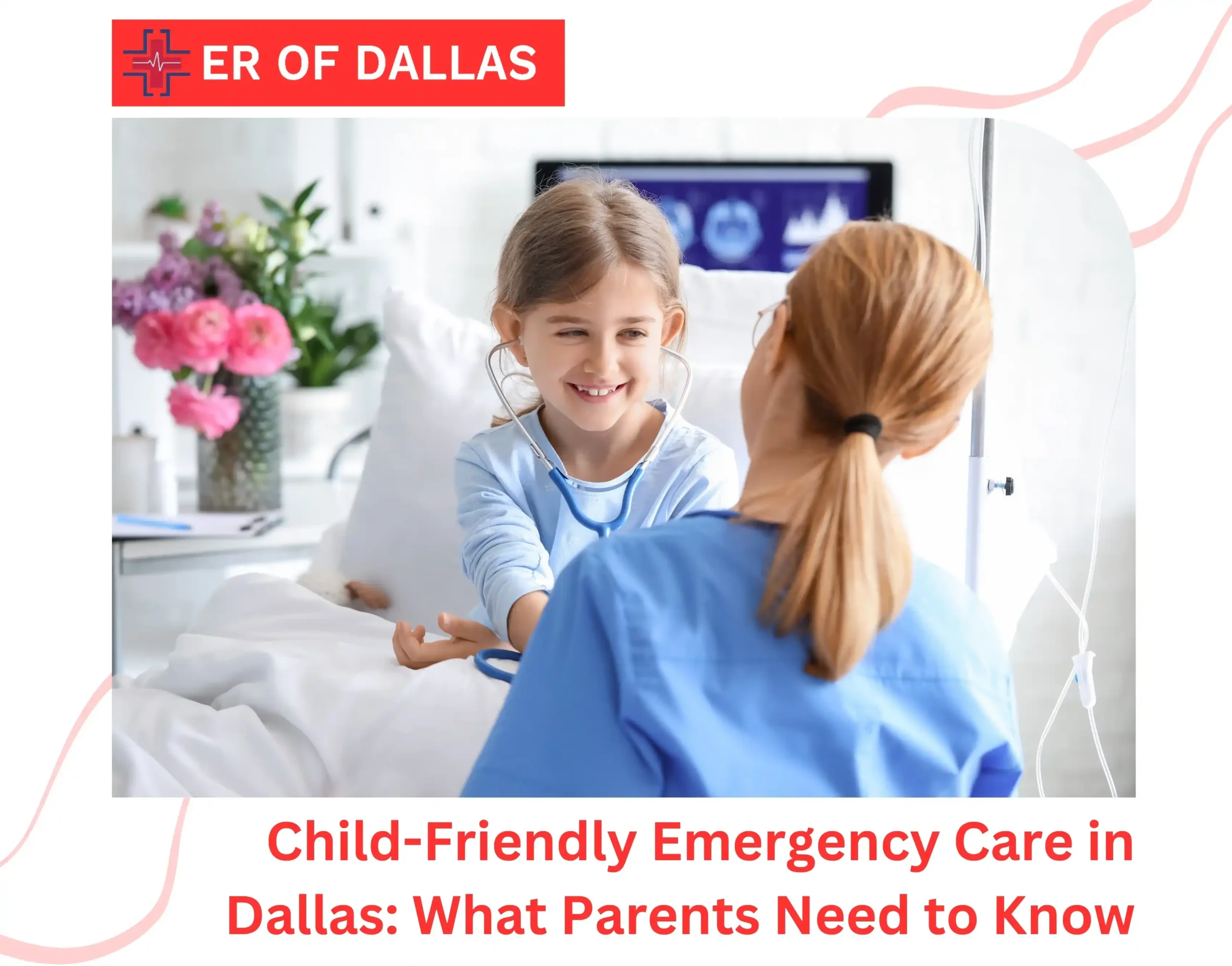The liver pain location is typically in the upper right side of the abdomen, just beneath the rib cage. This region is located underneath the diaphragm and to the right side of the stomach.
The liver is a large organ which means that at times, pain may radiate to other regions like the back and right shoulder. However, the liver itself doesn’t contain any pain receptors, discomfort is often due to inflammation, swelling, or increased pressure on surrounding tissues like the capsule protecting the liver or neighboring organs, buffers, and ancillaries.
Key symptoms associated with liver issues include
- Jaundice (yellowing of the skin or eyes),
- Dark urine,
- Pale stools,
- Nausea or vomiting,
- Unexplained weight loss,
- Fatigue, and
- Swelling in the abdomen or legs.
These symptoms may indicate conditions like hepatitis, fatty liver disease, or cirrhosis, but severe cases, such as liver abscesses or acute liver failure, require urgent attention.
Understanding Liver Pain
Pain in liver may arise from inflammation of the liver, for example, liver torments can take the shape of dull aches, piercing stabs and heavy burdens, with the determining factor being the condition.
The gallbladder and a portion of the intestine are located inside this region, making it difficult to pinpoint the exact source of pain without clinical examination. Identifying symptoms is critical, and specific linked symptoms are required to determine whether it is the liver.
Where is Liver Pain Located? 7 Key Symptoms
Here are seven critical signs aligns with the liver pain location to watch for:
1. Jaundice (Yellowing of Skin and Eyes)
Jaundice occurs when the liver struggles to process bilirubin, which results in red blood cell breakdown. This causes a yellowish tint in the skin, eyes, or mucous membranes. If you notice this alongside upper right abdominal pain, it’s a strong indicator of liver dysfunction.
2. Dark Urine
Urine that appears dark brown or tea-colored can result from excess bilirubin being excreted through the kidneys. This symptom often pairs with jaundice and points to a potential liver problem.
3. Pale or Clay-Colored Stools
The liver produces bile, which gives stools their typical brown color. When bile production or flow is disrupted, stools may turn pale or grayish. This change, combined with pain in the upper right abdomen, indicates a liver or bile duct issue.
4. Nausea and Vomiting
Liver conditions like hepatitis or cirrhosis can impair digestion, leading to nausea or vomiting. If these symptoms accompany discomfort in the liver pain location, it could indicate inflammation or toxin buildup.
5. Fatigue and Weakness
The liver plays a central role in energy metabolism. You may experience unexpected fatigue or weakness when it is weakened. Persistent fatigue alongside pain in the upper right quadrant is a red flag worth investigating.
6. Swelling in the Abdomen or Legs
Known as ascites, abdominal swelling occurs when fluid builds up due to liver damage, often in advanced conditions like cirrhosis. Edema (swelling) in the legs can also develop. If this pairs with liver pain discomfort, it’s a serious sign.
7. Unexplained Weight Loss
Sudden, unintentional weight loss can signal liver disease, especially if the organ’s ability to metabolize nutrients is impaired. When tied to pain in the upper right abdomen, it may point to a condition requiring urgent attention.
What Causes Liver Pain?
Several conditions can trigger pain in the liver.
- Drinking too much alcohol
- Nonalcoholic fatty liver disease
- Cirrhosis (scarring of the liver)
- Hepatitis (swelling or inflammation of the liver)
- Reye’s syndrome (swelling in the liver and brain)
- Hemochromatosis (too much iron building up)
- Liver cancer
- Budd-Chiari syndrome (blocked veins from the liver)
- Wilson’s disease (too much copper in the body)
- Portal vein thrombosis (blockage in the vein to the liver)
- Liver abscess (pus-filled mass in the liver)
- Liver cysts (fluid-filled sacs)
- Liver injury or trauma
Understanding these causes can provide context for your symptoms:
- Hepatitis: Inflammation of the liver, often due to viral infections, alcohol, or toxins, can cause swelling and pain.
- Fatty Liver Disease: Excess fat buildup in the liver, linked to diet or alcohol, may lead to discomfort as the organ enlarges.
- Cirrhosis: Scarring from long-term liver damage can result in pain, especially as the condition progresses.
- Liver Abscess: A pocket of pus in the liver, typically from infection, can cause sharp, localized pain.
- Gallstones or Bile Duct Issues: While not directly liver-related, these can mimic liver pain due to their proximity.
When to Visit the ER for Liver Pain Symptoms?
Not every case of liver pain requires an emergency room visit, but certain signs need immediate action. Here’s when you should seek urgent care:
- Severe, Sudden Pain: Intense, constant pain in the upper right abdomen, especially with fever or vomiting, could indicate an acute issue like a liver abscess or gallbladder emergency.
- Difficulty Breathing: If pain spreads to the chest or shoulder and breathing becomes difficult, it might signal a problem with the diaphragm or lungs.
- High Fever: A fever above 100.4°F (38°C) along with liver pain indicates infection or inflammation that requires immediate care.
- Confusion or Drowsiness: These mental changes, known as hepatic encephalopathy, can occur when the liver fails to clear toxins, requiring immediate medical attention.
- Persistent Vomiting or Blood in Vomit/Stool: Vomiting blood or passing black, tarry stools indicates potential internal bleeding, a life-threatening emergency tied to liver damage.
How to Diagnose Liver Pain Location Issues?
If you suspect liver pain, a healthcare provider will likely use a combination of tests to confirm the cause. These may include:
- Blood Tests: Liver function tests measure enzyme levels and bilirubin to assess liver health.
- Imaging: Ultrasound, CT scans, or MRIs can visualize the liver and detect abnormalities like swelling or masses.
- Biopsy: In some cases, a small tissue sample helps diagnose conditions like cirrhosis or cancer.
How to Manage and Prevent Liver Pain?
While emergency cases require professional care, milder liver discomfort can often be managed with lifestyle changes. To support liver health and reduce strain on the liver:
- Maintain a Balanced Diet: Limit fatty, processed foods and prioritize fruits, vegetables, and lean proteins.
- Limit Alcohol: Excessive drinking is a leading cause of liver damage—moderation is key.
- Stay Hydrated: Water helps the liver flush toxins and supports overall function.
- Exercise Regularly: Physical activity can prevent fat buildup in the liver.
Broader Impact of Liver Health
The liver’s role extends far beyond digestion, it influences energy levels, immunity, and even skin health. Pain in the liver isn’t just a localized issue; it’s a signal that your body’s detoxification system might be struggling.
Ignoring it could lead to cascading effects, from chronic fatigue to severe illness. By staying attuned to your symptoms and acting swiftly, you protect not just your liver but your overall well-being.
FAQs
1. Where is liver pain felt?
In the upper right abdomen, under the ribs—sometimes spreading to the right shoulder or back.
2. How do I know if it’s liver pain?
Look for jaundice, dark urine, pale stools, fatigue, or swelling with upper right pain.
3. What causes liver pain?
Common causes include hepatitis, fatty liver, cirrhosis, abscesses, or gallstones.
4. When should I go to the ER?
If you have severe pain, fever, confusion, or vomiting blood, seek emergency care.
5. Can liver pain be prevented?
Yes, eat healthy, limit alcohol, stay hydrated, and exercise regularly.

